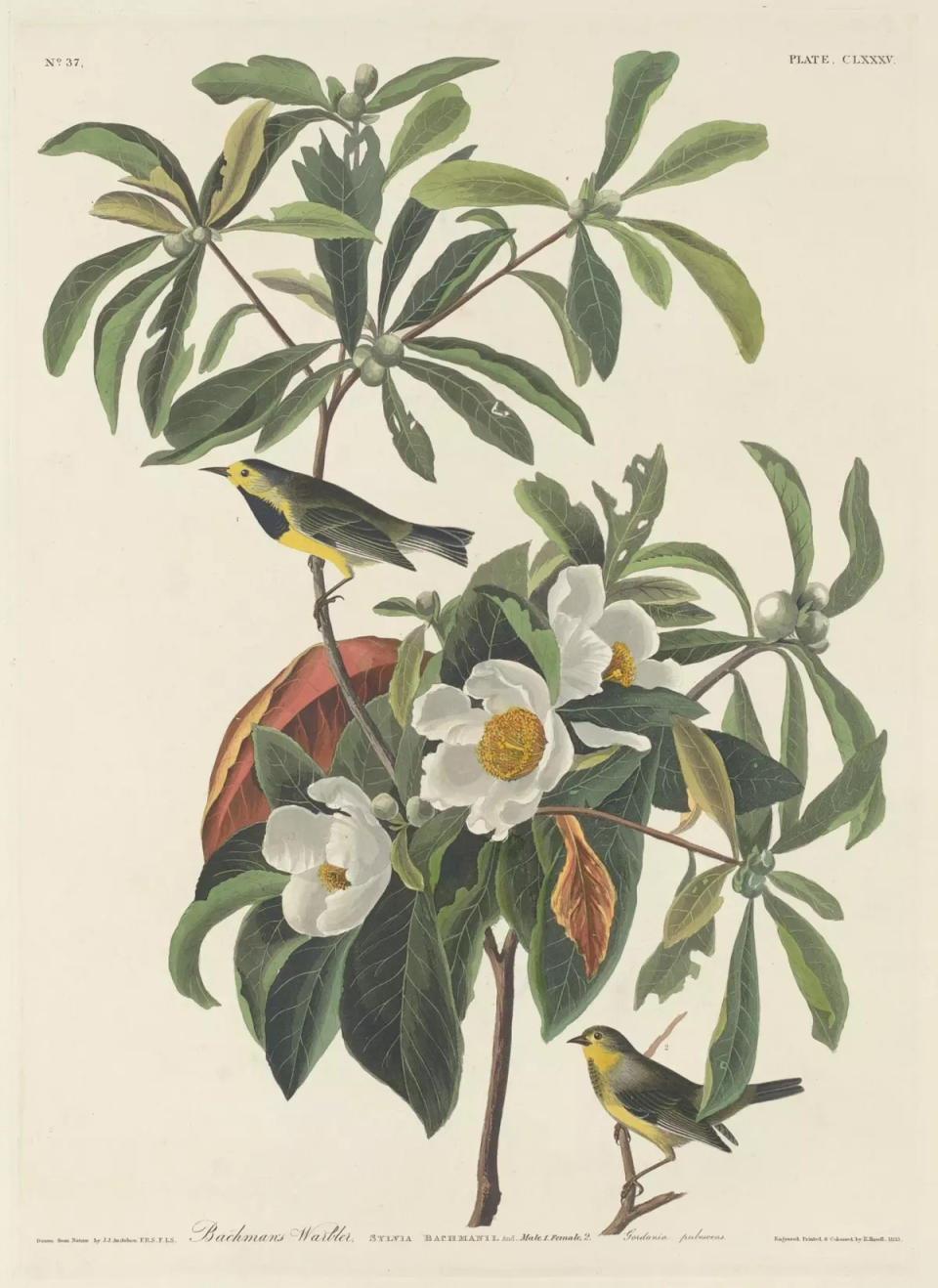U.S. Fish and Wildlife Service downgrade three Georgia species from endangered to extinct
The U.S. Fish and Wildlife Service recently moved 21 animal and plant species from the endangered to extinct lists. Three of those species were originally found in Georgia.
“Habitat destruction remains the biggest cause of species endangerment,” said Noah Greenwald, endangered species director for Center for Biological Diversity. “We've moved things around so much with our trade, that it just wreaks havoc.”
The Center for Biological Diversity is a national organization that works to protect endangered species and their habitats.
Greenwald said eight of the animal species that went extinct were Hawaiian forest birds due to an invasive species being introduced to the area.
“The story goes that apparently whalers introduced mosquitoes intentionally as a malicious act against Hawaiians,” said Greenwald. “Mosquitoes carry avian pox and malaria. These diseases ravaged the bird population. Habitat destruction also played a part.”
Climate Change
“The higher parts of the islands on Kauai, Moloka‘i and the Big Island, those places were cold enough that mosquitoes couldn’t make it into the higher elevations,” said Greenwald. “But now with climate change mosquitoes are getting higher and higher. There’s a bird on Kauai called the 'Akikiki and there are only five left in the wild.”
Adding a species to the extinct list takes time
“One thing to note about these species is that most of them were last seen decades ago,” said Greenwald. “It takes a long time to determine that a species is extinct because essentially you're proving a negative. It's difficult to make that call to say that people haven't seen them. They've looked and it's clear that they're extinct.”
The following three animal species located in Georgia made the extinction list:

Bachman’s warbler
Bachman’s warbler was a small yellow and black songbird that once bred in swampy thickets in Alabama, Florida, Georgia, North Carolina, South Carolina and Tennessee and overwintered in Cuba, where it was seen for the last time in 1962. It was lost to habitat destruction and collection.
Mussels
The two mussels once found in Georgia proposed for delisting include the southern acornshell and the upland combshell.
Freshwater mollusks are the most endangered group of organisms in the United States, with 36 mussels and more than 70 freshwater snails already lost.
“Mussels clean our waters and are one of the most endangered groups of animals in the U.S.,” said Greenwald.
Invasive species cause trouble: Invasive flathead catfish found by Georgia Department of Natural Resources in Ogeechee River
What can we do?
“One of the main things we can do is protect and restore more of the natural world,” said Greenwald. “We can't just keep increasing our footprint endlessly. There's only so much Earth to go around. We have to address climate change.
"One thing that I don't think people realize is that land clearance is actually a really big cause of global emissions. These two issues, climate change and the extinction crisis, are intertwined.”
This reporting content is supported by a partnership with several funders and Journalism Funding Funding Partners.
Erica Van Buren is the climate change reporter for The Augusta Chronicle, part of the USA TODAY Network. Connect with her at EVanBuren@gannett.com or on Twitter: @EricaVanBuren32.
This article originally appeared on Augusta Chronicle: Climate change, invasive species factor in 21 species becoming extinct

